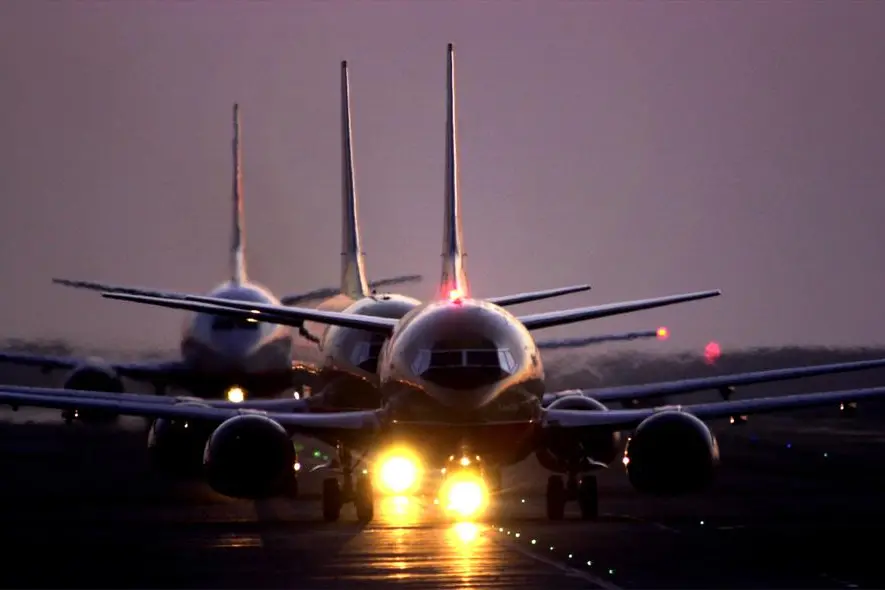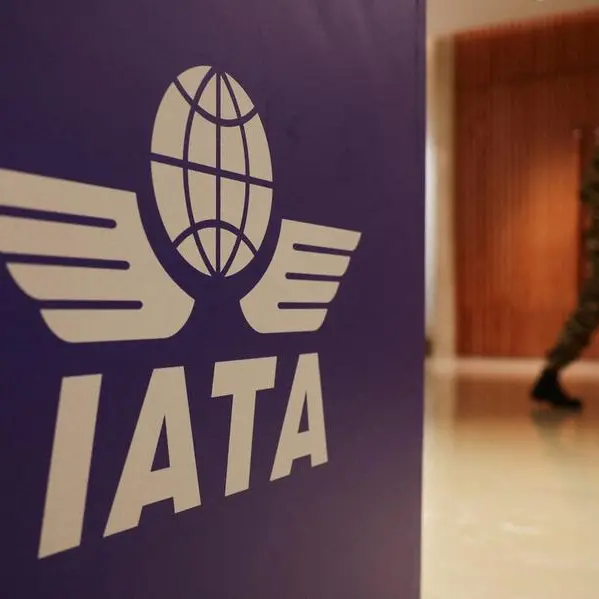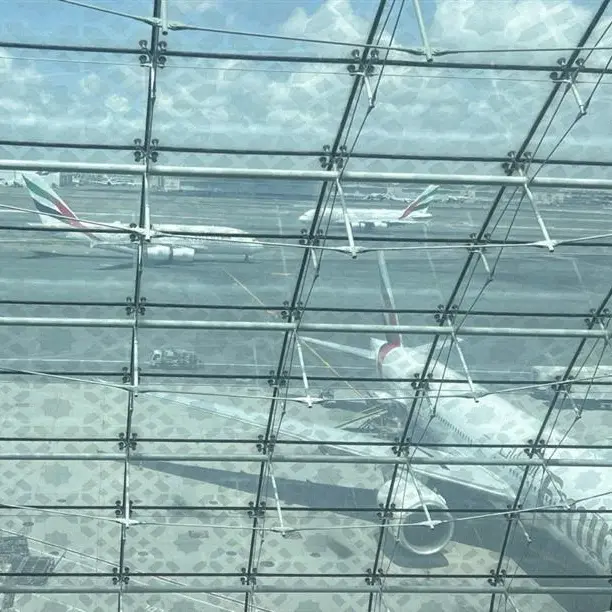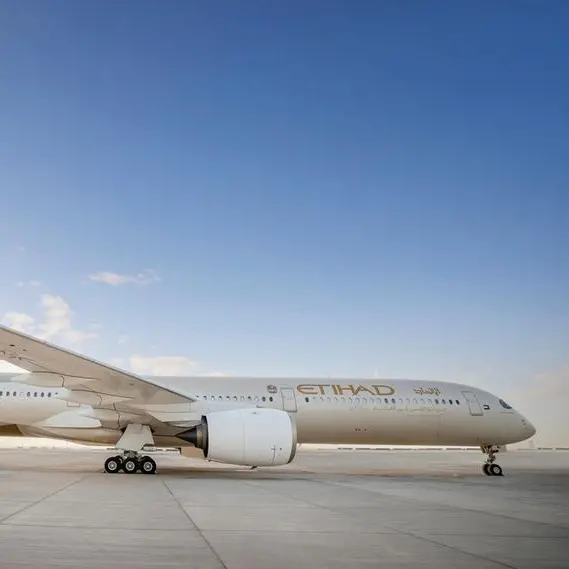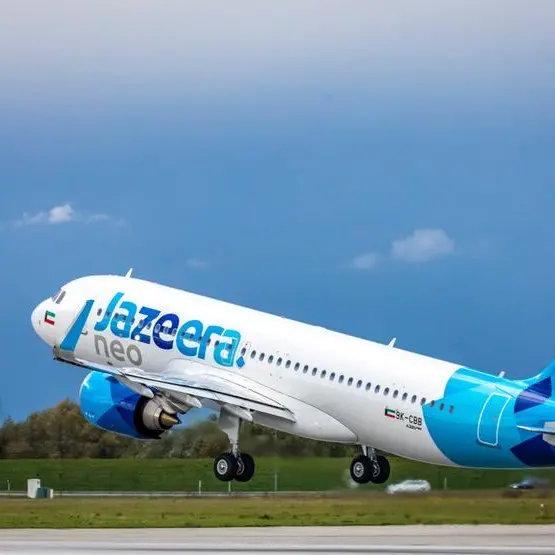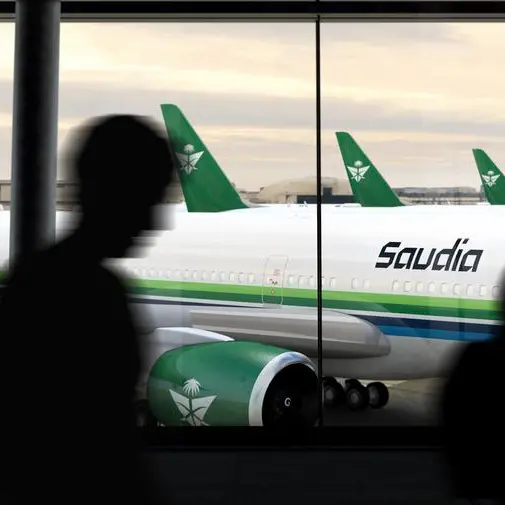PHOTO
Airlines in the Middle East and the rest of the world continued their brisk recovery in 2023 irrespective of many economic and geopolitical uncertainties.
January traffic recorded by airlines in the region rose 97.7 per cent compared to January a year ago as their capacity increased 45.9 per cent and load factor climbed 20.8 percentage points to 79.2 per cent.
In comparison, the total global traffic in January (measured in revenue passenger kilometres or RPKs) rose 67 per cent year-on-year. Globally, traffic is now at 84.2 per cent of January 2019 levels, according to the International Air Transport Association (Iata).
However, in terms of cargo volumes, Middle Eastern carriers experienced a 11.8 per cent year-on-year decrease in January as global demand, measured in cargo tonne-kilometres (CTKs), fell 14.9 per cent compared to January 2022 (-16.2 per cent for international operations, Iata data shows.
This was an improvement to the previous month (-14.4 per cent). Capacity increased 9.6 per cent compared to January 2022.
Domestic traffic for January 2023 rose 32.7 per cent compared to the year-ago period, helped by the lifting of the zero-Covid policy in China. Total January 2023 domestic traffic was at 97.4 per cent of the January 2019 level.
International traffic climbed 104 per cent versus January 2022 with all markets recording strong growth, led by carriers in the Asia-Pacific region. International RPKs reached 77 per cent of January 2019 levels.
“Air travel demand is off to a very healthy start in 2023. The rapid removal of Covid-19 restrictions for Chinese domestic and international travel bodes well for the continued strong industry recovery from the pandemic throughout the year. And, importantly, we have not seen the many economic and geopolitical uncertainties of the day dampening demand for travel,” said Willie Walsh, Iata’s director-general.
”With January cargo demand down 14.9 per cent and capacity up 3.9 per cent, 2023 began under some challenging business conditions. That was accompanied by persistent uncertainties, including the war in Ukraine, inflation, and labor shortages. But there is solid ground for some cautious optimism about air cargo," he said.
"Yields remain higher than pre-pandemic. And China’s much faster-than-expected shift from its zero Covid policy is stabilizing production conditions in air cargo’s largest source market. That will give a much-needed demand boost as companies increase their engagement with China,” said Walsh.
Iata’s 2022 Safety Report for global aviation shows a reduction in the number of fatal accidents and the fatality risk, compared to 2021 and to the five-year average (2018-22).
In 2022, there were five fatal accidents involving loss of life to passengers and crew. This is reduced from seven in 2021 and an improvement on the five-year average (2018-22) which was also seven.
According to the report, the fatal accident rate improved to 0.16 per million sectors for 2022, from 0.27 per million sectors in 2021, and also was ahead of the five-year fatal accident rate of 0.20.
The all accident rate was 1.21 per million sectors, a reduction compared to the rate of 1.26 accidents for the five years 2018-22, but an increase compared to 1.13 accidents per million sectors in 2021.
While the fatality risk declined to 0.11 from 0.23 in 2021 and 0.13 for the five years, 2018-2022, Iata member airlines experienced one fatal accident in 2022, with 19 fatalities.
“Accidents are rare in aviation. There were five fatal accidents among 32.2 million flights in 2022,” said Walsh.
Copyright © 2022 Khaleej Times. All Rights Reserved. Provided by SyndiGate Media Inc. (Syndigate.info).
